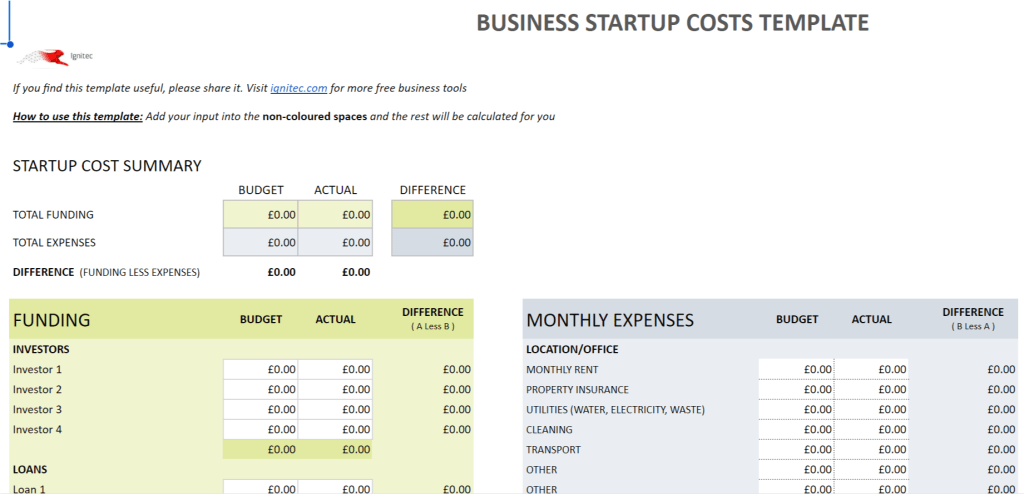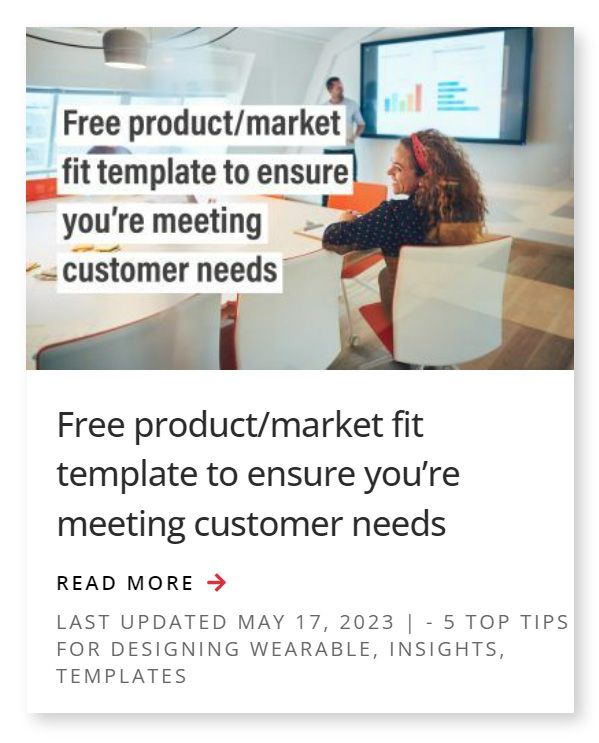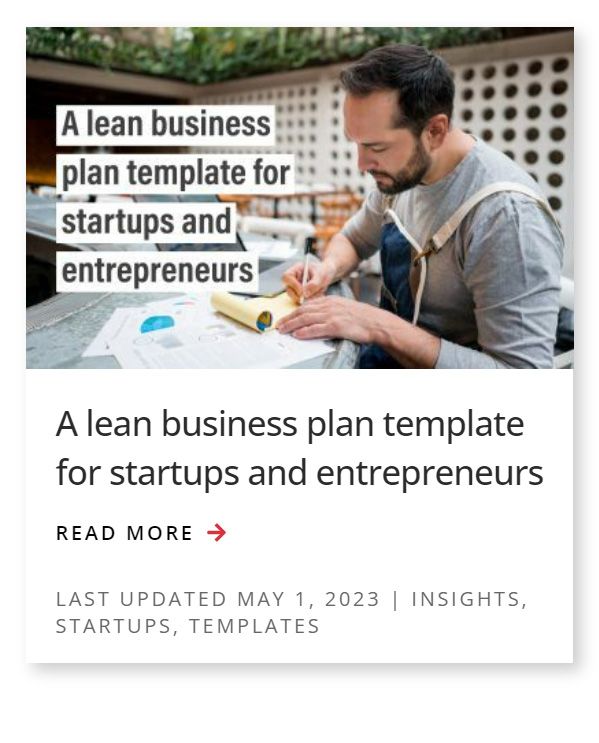We are an award winning product design consultancy, we design connected products and instruments for pioneering technology companies.
A business startup costs template to help set you up for success
Reading time 5 mins
Key Points
- 60% of UK small businesses fail because they run out of cash
- One reason is that there’s no market need for their products
- Secondly, because they run out of cash
- A structured three-step design process can help to avoid the problem of ‘false starts’ caused by rushing to get to market without taking the time to fully design, develop, and validate products that provide solutions consumers are looking for
- A business startup costs template helps startups to effectively determine how much capital they need to ensure that their business costs are covered for the time that it will take to become self-sufficient
Ready to start developing your new product?
Call us for a quote!
Ben Mazur
Managing Director
I hope you enjoy reading this post.
If you would like us to develop your next product for you, click here
According to Fundsquire’s Business Startup Statistics UK (2022) report, 60% of UK small businesses and startups fail within the first three years. The top two reasons are that there’s no market need for their products or services or they run out of cash. We addressed the first with posts on product/market fit to meet customer needs and a template for a product testing survey to gain customer insights. As for the second reason, this business startup costs template won’t guarantee you don’t run out of cash. However, developing a detailed startup budget will help you to:
- Determine how much capital you need
- Plan how to use your capital and cover expected business costs
- Avoid rushing to get your product to market because you need revenue
- Keep accurate tabs on budgeted (what was expected/promised) vs actual (what was received) funding
- Enter details of all your expenses (budgeted vs actual) to quickly assess how your capital relates to your operational costs on an ongoing basis
Download our business startup costs template to develop a powerful analytics tool before you launch. Use this as a roadmap to help ensure that you don’t run out of cash too early or spend the funds you have ineffectively.
 Business Startup Costs
Business Startup Costs
Download our free template
Suggested articles
Mistakes start-ups make that lead to running out of cash
In his book, Why Startups Fail: A New Roadmap for Entrepreneurial Success, author and Harvard Business School professor Tom Eisenmann shares valuable insights which, at first, seem counter-intuitive. Namely: because many startups choose to take the lean business plan approach, they jump the gun, which leads to false starts (e.g. launching a product too soon or growing too fast) that ultimately cause their businesses to fail.
A structured, three-step design process can help to avoid these false starts:
- Problem definition: Ensure that you take the time to define the problem you think you’re solving clearly. Have you interviewed early adopters and mainstream prospects (i.e., those who are likely to buy later) to understand the problem from their perspective? Have you done a competitor analysis to understand the strengths and shortcomings of rival products and where yours differentiates?
- Solution development: Once you’ve identified priority customer segments and gained a deep understanding of their unmet needs, prototype several concepts and get feedback from potential customers. Continue with prototype iteration and testing until you come up with a dominant ‘high fidelity’ version
- Solution validation: Run a series of minimum viable product (MVP) tests to put actual products in the hands of real customers in real-life settings to see how they respond.
The counter-intuitive key is finding the balance in the entrepreneurial mindset that advocates moving quickly to capitalise on opportunities, being persistent and passionate, doing more with less, and focusing on rapid growth. These attributes certainly have merit in the competitive world of startups. Still, when out of balance, they can cause entrepreneurs to become too attached to a specific problem-solution pairing, stubborn and over-confident, with insufficient capital left in reserve to pivot to another solution if/when needed.
How to use this business startup costs template
To get started, download the template, and modify it to suit your business accordingly. At this stage, this will help you determine how much money you’ll need to make it through to the final product launch, the time it takes to earn revenue, and eventually become profitable.
Fill in the non-coloured cells, and the rest will be calculated automatically. By differentiating between budgeted (i.e., promised or estimated) and the actual amounts, you’ll better understand how your capital relates to your expenses, where the shortfalls are, how you’re allocating resources, and where to identify opportunities for cost savings.
Once you’ve entered the estimated number of months until you’re self-sustained (cell: H94), you’ll have an accurate idea of whether your capital will be sufficient.
Did you find this template helpful?
We’re not financial advisors or budget experts, but we hope this template gives you the basics to get started. If you found it useful, please let us know how you got on and feel free to share it.
Next month, we’ll post templates for a profit-loss statement and a break-even analysis to add to your financial toolkit arsenal. If you haven’t done so already, join our mailing list so you don’t miss out!
Comments
Get the print version
Download a PDF version of our article for easier offline reading and sharing with coworkers.







0 Comments